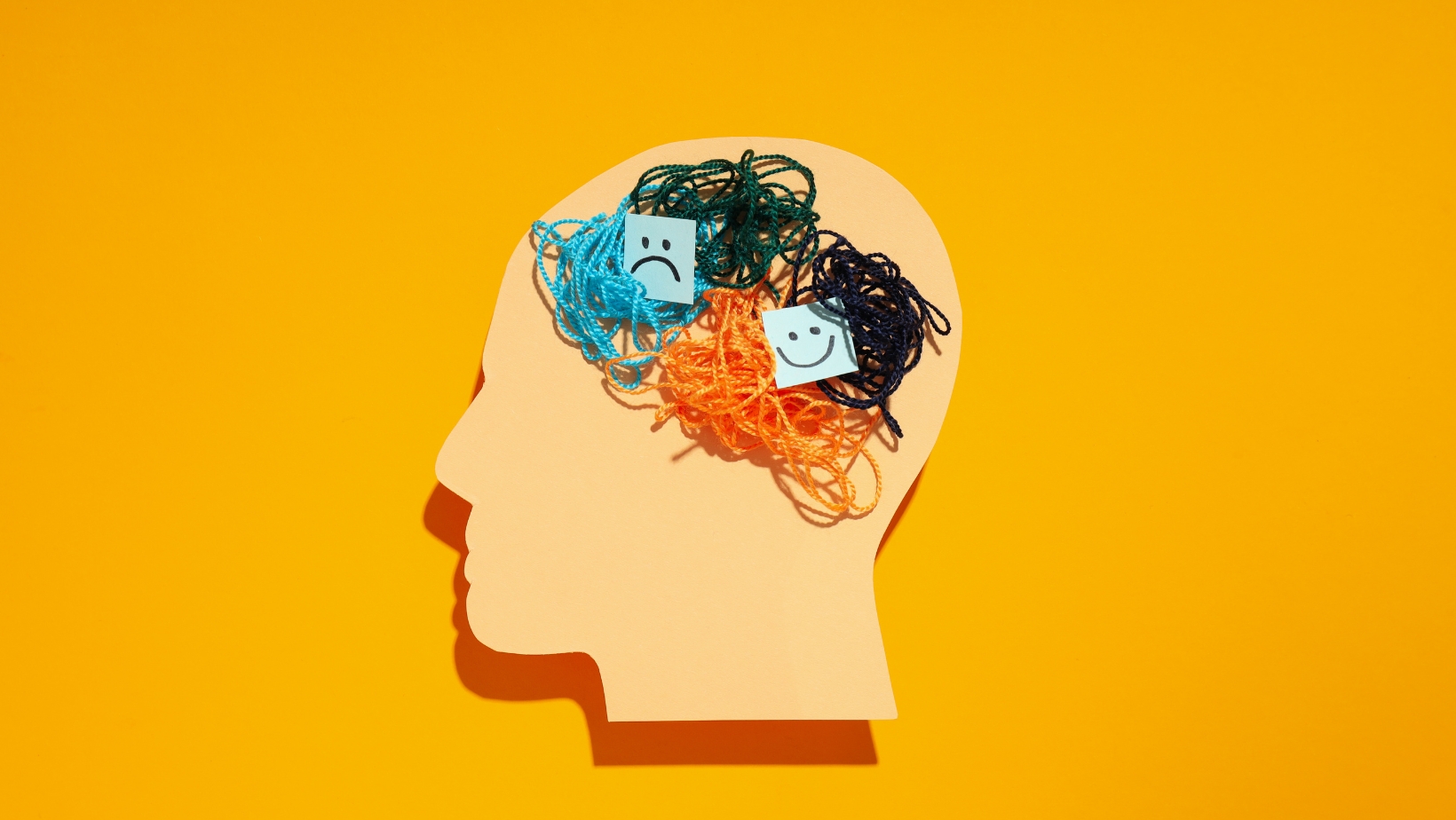Trauma can leave a profound mark on a person’s mental and emotional well-being. While some individuals recover naturally after a traumatic experience, others may develop conditions like Post-Traumatic Stress Disorder (PTSD) or Acute Stress Disorder (ASD). These disorders share similarities but differ in their timeline, symptoms, and long-term impact.
Understanding the distinctions between PTSD and ASD is essential for early intervention and effective treatment. This article explores their key differences, providing a clear comparison to help individuals and professionals recognize and address these conditions.
What Is PTSD?
Post-Traumatic Stress Disorder (PTSD) is a mental health condition triggered by experiencing or witnessing a traumatic event. It develops when the brain and body remain in a heightened state of alert long after the danger has passed.
Symptoms of PTSD
PTSD symptoms are categorized into four main types, as outlined by the Diagnostic and Statistical Manual of Mental Disorders (DSM-5):
1. Intrusion:
– Flashbacks, nightmares, or intrusive memories of the trauma.
2. Avoidance:
– Avoiding places, people, or thoughts that remind the individual of the event.
3. Negative Changes in Mood and Cognition:
– Feelings of guilt, hopelessness, or detachment.
4. Hyperarousal:
– Irritability, heightened startle response, or trouble sleeping.
Onset and Duration
PTSD symptoms typically appear one month or more after the traumatic event and can persist for years if untreated.
What Is Acute Stress Disorder (ASD)?
Acute Stress Disorder (ASD) is a short-term condition that occurs immediately after a traumatic event. It can be thought of as an early response to trauma, and in some cases, it may develop into PTSD.
Symptoms of ASD
ASD symptoms overlap with PTSD but are generally more intense and short-lived. They include:
– Intrusive Thoughts: Flashbacks or distressing memories of the event.
– Dissociation: Feeling disconnected from reality or oneself.
– Avoidance: Avoiding reminders of the trauma.
– Arousal: Difficulty sleeping, irritability, or hypervigilance.
Onset and Duration
ASD symptoms appear within three days of the traumatic event and last for up to one month. If symptoms persist beyond a month, the diagnosis may change to PTSD.
Key Differences Between PTSD and ASD
Although PTSD and ASD share similarities, they are distinct disorders.

Understanding their differences helps ensure accurate diagnosis and appropriate treatment.
1. Timeline
– ASD: Symptoms develop immediately or within a few days of the trauma and resolve within four weeks.
– PTSD: Symptoms appear at least a month after the event and can last indefinitely if untreated.
2. Symptom Severity
– ASD: Symptoms tend to be more intense and focused on immediate distress, including dissociation and extreme emotional reactions.
– PTSD: Symptoms are broader and include long-term changes in mood, cognition, and behavior.
3. Dissociation
Dissociation—feeling detached from oneself or the world—is a hallmark of ASD but is less prominent in PTSD.
Example:
A person with ASD may feel as though they are watching their trauma unfold as an outsider, while someone with PTSD might re-experience the event through vivid flashbacks.
4. Duration of Symptoms
– ASD: Resolves within one month or transitions into PTSD.
– PTSD: Diagnosed only if symptoms persist beyond one month.
Risk Factors and Triggers
Both PTSD and ASD are triggered by exposure to trauma, but individual factors influence who develops these conditions.
Common Triggers
– Natural disasters (earthquakes, hurricanes).
– Physical or sexual assault.
– Military combat.
– Serious accidents.
– Sudden loss of a loved one.
Risk Factors
1. Previous Trauma: A history of trauma increases the likelihood of developing PTSD or ASD.
2. Mental Health History: Conditions like anxiety or depression elevate the risk.
3. Lack of Support: A weak social support system can make it harder to recover.
4. Severity of Trauma: More severe or prolonged trauma is more likely to result in PTSD or ASD.
Diagnosis and Treatment
Diagnosing ASD and PTSD
A mental health professional evaluates symptoms, their duration, and the individual’s response to the trauma. The key difference lies in the timeline:
– Symptoms within the first month suggest ASD.
– Symptoms persisting beyond a month indicate PTSD.
With the right approach, anyone can find strategies that make coping with trauma more manageable and less overwhelming. Individuals who have been through such hardships often check this post-traumatic stress disorder treatment program helping them access professional care and structured recovery plans. These programs not only address immediate symptoms but also provide long-term tools for emotional resilience. Over time, consistent support can significantly improve overall well-being and quality of life.
Treatment Approaches
1. Cognitive Behavioral Therapy (CBT)
CBT is effective for both ASD and PTSD, helping individuals:
– Process traumatic memories.
– Replace negative thought patterns.
– Develop healthy coping strategies.
2. Exposure Therapy
Gradual, guided exposure to trauma-related triggers reduces fear and avoidance behaviors.
3. Eye Movement Desensitization and Reprocessing (EMDR)

This therapy uses guided eye movements to help reprocess traumatic memories. It is particularly effective for PTSD.
4. Medication
– ASD: Medications are rarely used due to the short duration of symptoms.
– PTSD: Antidepressants, such as SSRIs, can help manage symptoms like anxiety and depression.
Early Intervention for ASD
For ASD, early treatment can prevent the progression of PTSD. Supportive counseling and stress management techniques are often recommended.
Coping Strategies
Both conditions benefit from a combination of professional treatment and self-care strategies.
For Individuals:
– Build a Support System: Talk to trusted friends or family members.
– Practice Mindfulness: Techniques like meditation reduce stress and promote emotional regulation.
– Stay Active: Physical activity improves mood and lowers anxiety.
For Loved Ones:
– Be patient and empathetic.
– Avoid pushing the individual to “move on” or “get over it.”
– Encourage them to seek professional help.
Conclusion
While PTSD and Acute Stress Disorder share many similarities, understanding their key differences is crucial for effective diagnosis and treatment. ASD is a short-term reaction to trauma, while PTSD involves long-term changes in mood, cognition, and behavior.
With timely intervention, individuals with either condition can recover and regain control over their lives. If you or someone you know is struggling after a traumatic event, reaching out to a mental health professional is the first step toward healing.
